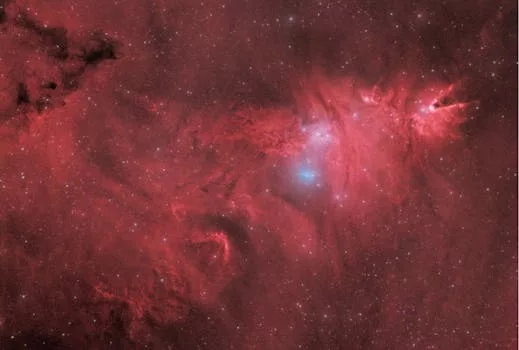
“
From Stardust to Dreams: Imagining Life Beyond the Stars
Introduction
From Stardust to Dreams: Imagining Life Beyond the Stars, as we gaze up at the night sky, we are reminded of the infinite possibilities that lie beyond our planet. The stars, like diamonds scattered across the velvet expanse, have captivated human imagination for centuries. We have always been drawn to the mystery and wonder of the universe, and the possibility of life beyond our world. In this article, we will explore the wonders of the universe, and imagine what life might be like beyond the stars.
The Universe: A Vast Expanse of Wonder
The universe is estimated to be around 13.8 billion years old, and it is still expanding. It is a vast expanse of time and space, filled with billions of galaxies, each containing billions of stars. The stars are the building blocks of the universe, and they come in a variety of sizes and colors. Some stars are small and cool, while others are large and hot. The stars are the source of light and energy for the planets that orbit them, and they play a crucial role in the formation of life. The discovery of exoplanets has opened up new possibilities for the search for life beyond Earth.
The universe is also home to other celestial objects, such as planets, moons, asteroids, and comets. These objects are all connected by a complex web of gravity and space-time, and they interact with each other in complex ways. The universe is a dynamic and ever-changing place, with new stars and galaxies being formed all the time.
Imagining Life Beyond the Stars
As we explore the universe, we are drawn to the possibility of life beyond our planet. We have discovered thousands of exoplanets, some of which are similar in size and composition to Earth. These planets are often located in the habitable zones of their stars, where the conditions are just right for life to exist. The discovery of exoplanets has opened up new possibilities for the search for life beyond Earth. Imagining life beyond the stars inspires us to explore the universe and to push the boundaries of human knowledge.
But what might life be like on other planets? Would it be similar to life on Earth, or would it be completely alien? These are questions that have puzzled scientists and science fiction writers for decades. Some scientists believe that life on other planets could be based on different chemistry, such as silicon or boron, rather than carbon. Others believe that life could exist in the form of intelligent machines, or even as a collective consciousness.
Takeaways
- The universe is a vast expanse of wonder, with billions of galaxies and stars.
- The stars are the building blocks of the universe, and they play a crucial role in the formation of life.
- The discovery of exoplanets has opened up new possibilities for the search for life beyond Earth.
- Imagining life beyond the stars inspires us to explore the universe and to push the boundaries of human knowledge.





